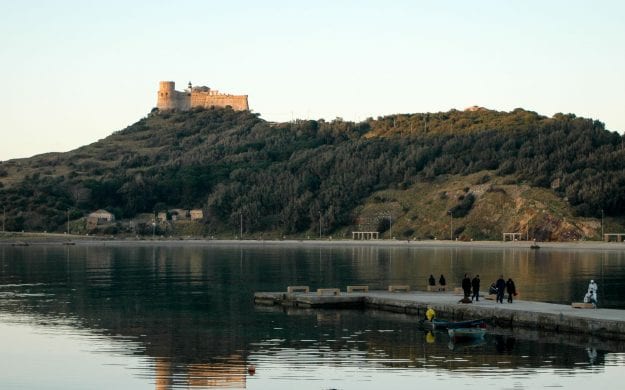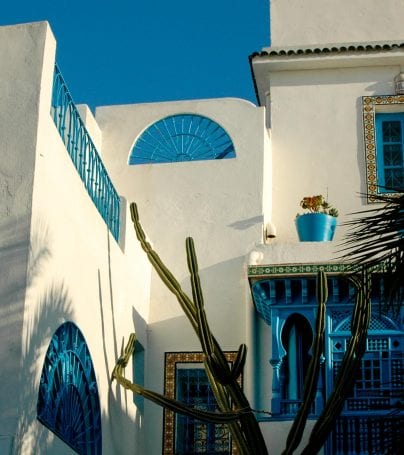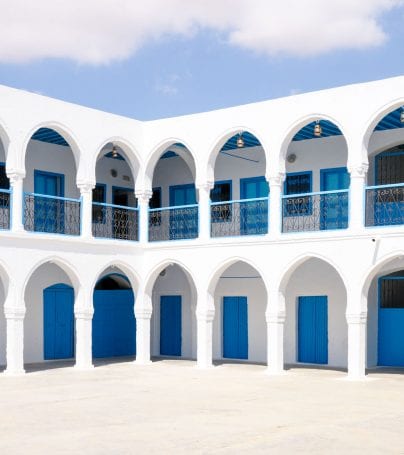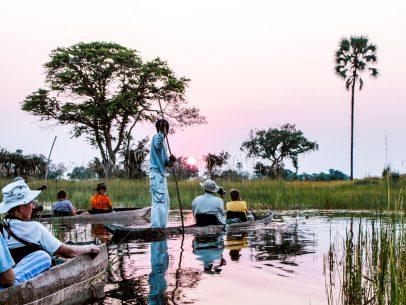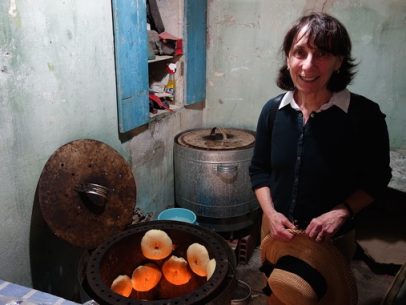Sousse Adventure Tours
Sousse is a city of Tunisia. Located 140 km south of Tunis, the city has 220,000 inhabitants (2003 estimate). It is in the central-east of the country, on the Gulf of Hammamet, which is a part of the Mediterranean Sea. The name may be of Berber origin: similar names are found in Libya and in the south of Morocco (Bilād al-Sūs). It is the capital of Sousse Governorate with 540,000 inhabitants (2005 estimate). Its economy is based on transport equipment, processed food, olive oil, textiles, and tourism. It is home to the University of Sousse. In the 11th century B.C., the Phoenicians founded Hadrumetum. The city allied itself with Rome during the Punic Wars, thereby escaping damage or ruin and entered a relatively peaceful 700-year period under Pax Romana. Livy tells us that Hadrumentum was the landing place of the Roman army under Scipio Africanus in the second Punic War. After the fall of Rome, the Vandals, and later the Byzantines, took over the town, renaming it, respectively, Hunerikopolis and Justinianopolis.
In the 7th century A.D. Arab-Islamic armies conquered what is now Tunisia and rapidly spread Arab culture across what had been a thoroughly Romanized and Christianized landscape. The Arabs seized the city, which in the aftermath of Rome’s fall was but a remnant of its former self. They renamed the city Sûsa and within a few decades elevated it to the status of main seaport of the Aghlabid Dynasty.
When the Aghlabids invaded Sicily in 827, Sûsa was their main staging ground.
In the centuries that followed, as Europe gained technological ascendancy and began pushing back at Islam, Sûsa was briefly occupied by the Normans in the 12th century, was later more substantially occupied by the Spanish, and in the 18th century was the target of bombardments by the Venetians and the French. The French renamed the city Sousse.
Despite the turmoil around it, Sousse’s character had retained the solidly Arabian look and feel it had assumed in the centuries after Islam’s wars of conquest. Today it is considered one of the best examples of seaward-facing fortifications built by the Arabs. Its ribat, a soaring structure that combined the purposes of a minaret and a watchtower, is in outstanding condition and draws visitors from around the world.
These days, Sousse, with a population of more than 430,000, retains a medieval heart of narrow, twisted streets, a kasbah and medina, its ribat fortress and long wall on the Mediterranean. Surrounding it is a modern city of long, straight roads and more widely spaced buildings.
The third city of the country after Tunis and Sfax, Sousse owes its status uncontested capital of the region to a certain number of assets:
- An olive grove stretching over more than 2,500 square kilometers, constituting one of its main riches since antiquity.
- A bustling port, open to the town center and giving a touch of gaiety to its activity.
- A medina charged with history, draped in its fortifications and which continues to live at its own rhythm, harmoniously contrasting with the modern city of typically Mediterranean charm.
- A seaside resort stretching to the north, making up together with the integrated complex of Port El Kantaoui one of the most complete and most diversified tourist zones of the Mediterranean, at only 20 km from the international airport of Monastir. As a sea town, Sousse benefits from a moderate and mild climate promoting all possible pleasures relating to evasion and recreation and making it to an all-season resort.
Sousse is home to many resorts and fine sand beaches, backed by orchards and olive groves. It has the further advantages of a pleasant Mediterranean climate, with hot, dry summers and gentle warm, wet winters, a strategic geographic location, and a skilled population.
Customize Your Dream Adventure
We are here to help craft tailor-made adventures for individuals, couples, families, and groups of explorers.

